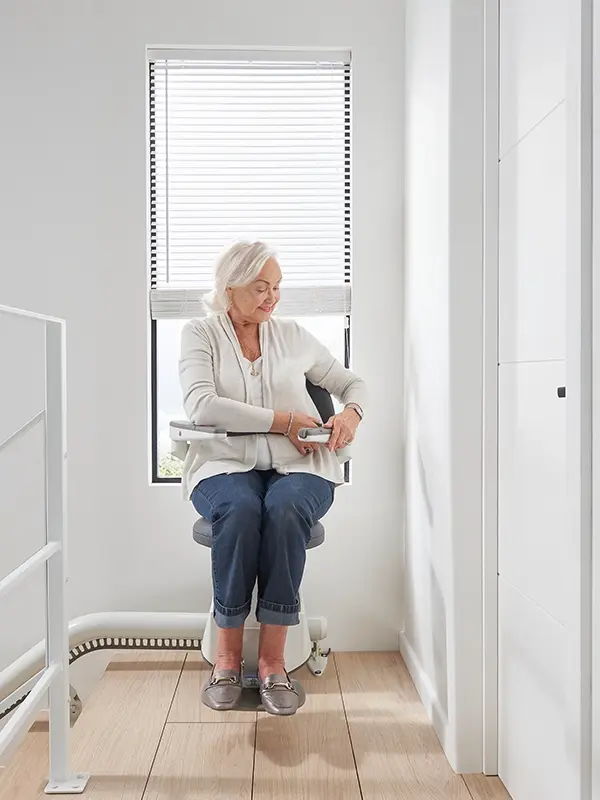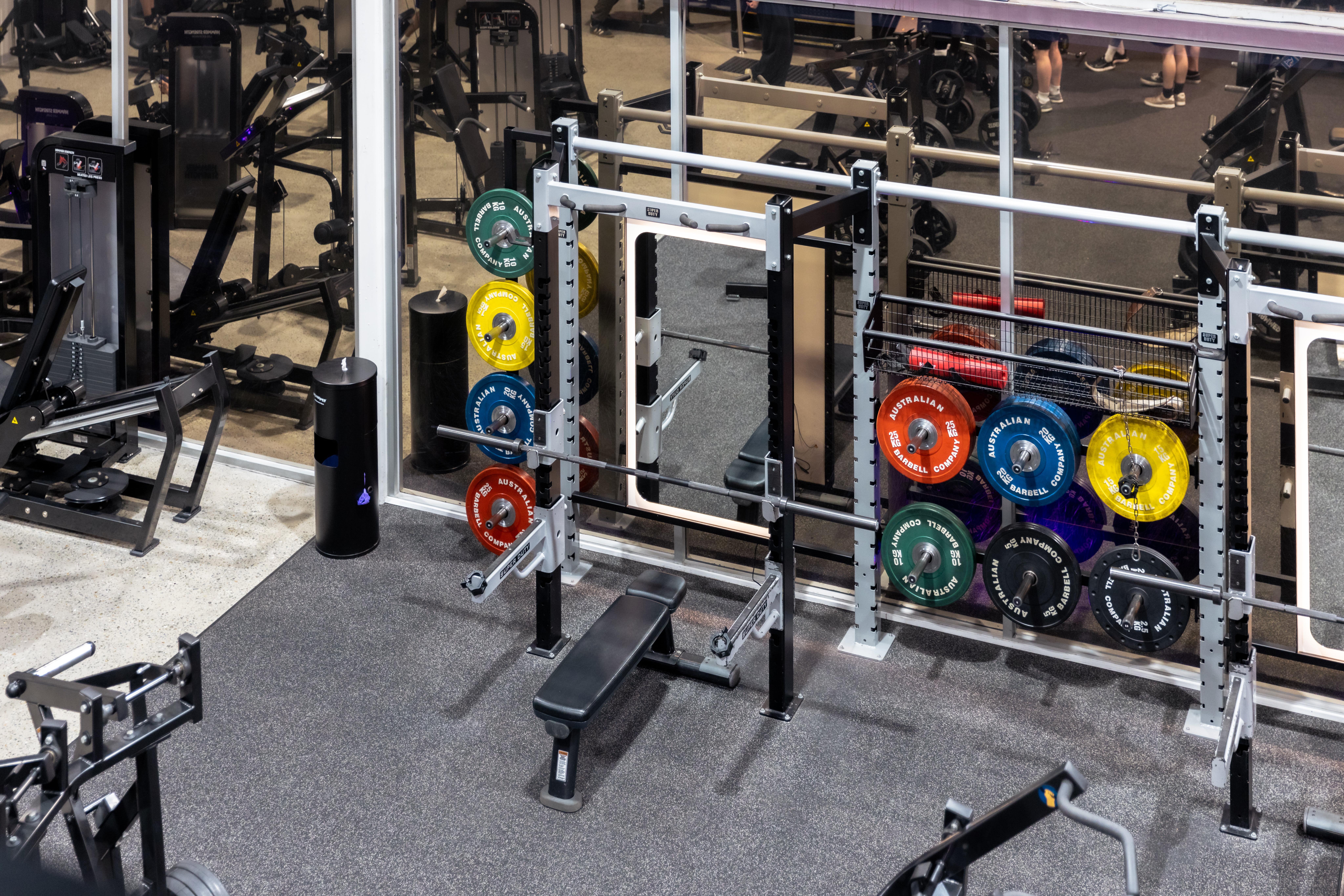A Practical Guide to Stair Elevators, Chair Lifts, and Stair Lifts: What to Know About Features and Cost Factors

For individuals with limited mobility, stairs can quickly become a daily challenge. Fortunately, modern home mobility solutions offer safe and reliable ways to regain independence. Devices such as stair lifts, chair lifts, and stair elevators are popular options for homeowners seeking enhanced accessibility.
Before making a decision, it’s essential to understand what these devices are, the types available, and what influences stairlift prices—even though these can vary widely based on specific circumstances.
What Is a Stair Lift or Chair Lift?
A stair lift—also known as a chair lift or stair elevator—is a mechanical device designed to transport individuals up and down a staircase while seated (or standing, in some models). The system typically includes a motorized chair mounted on a rail that runs along the staircase. Users can operate the lift using simple controls, often located on the armrest or via a remote.
These mobility solutions are used in both private homes and public buildings and are particularly helpful for:
-
Seniors aging in place
-
Individuals recovering from injuries or surgeries
-
People with chronic mobility issues
Different Types of Stair Lifts and Stair Elevators
There are several categories of stair lifts, each designed to suit different architectural layouts and user needs. Understanding the variety helps in selecting a model that fits both the physical space and personal requirements.
1. Straight Stair Lifts
Designed for staircases that run in a straight line with no curves or landings. These are the most commonly installed type and typically require less customization.
2. Curved Stair Lifts
Built to accommodate staircases with turns, curves, or intermediate landings. These models are custom-designed for each staircase, offering a seamless fit but requiring more planning.
3. Outdoor Stair Lifts
These are ideal for accessing porches, gardens, or exterior steps. They are constructed with weather-resistant materials to withstand outdoor elements.
4. Standing Stair Lifts
For users who have difficulty sitting or bending, standing lifts offer an upright platform to ride safely and comfortably. These are particularly useful in narrow staircases where space is limited.
Factors That Influence Stairlift Prices
Although exact figures are often not advertised due to the custom nature of these installations, several consistent factors play a role in determining overall costs. Understanding these factors helps when comparing options and setting realistic expectations.
1. Staircase Configuration
The layout of the staircase significantly affects the type of stair lift required. A straight staircase generally requires a simpler solution, while curved or spiral designs often call for custom-made tracks, which can increase installation time and material use.
2. Lift Features and Customization
Standard models often come with essential features like a swivel seat, seatbelt, and folding footrest. However, additional features—such as power-folding rails, powered swivel seats, or upgraded upholstery—can add to the complexity and materials needed.
3. Interior vs. Exterior Use
Indoor stair lifts are generally more straightforward to install. Outdoor models need weatherproof construction and additional sealing to protect the motor and controls, which affects both production and installation requirements.
4. Power Supply and Controls
Most modern stair lifts run on rechargeable batteries with an option for a direct power connection. Enhanced safety systems, remote controls, and diagnostic displays are now commonly available but may influence overall installation requirements.
5. New, Reconditioned, or Rental Options
Depending on how long the lift is needed, some people explore alternatives such as reconditioned units or rental programs. Each of these comes with its own set of considerations in terms of service, customization, and warranties.
Choosing the Right Chair Lift for Your Home
Making the right choice means looking beyond basic specifications. Here are a few important elements to keep in mind:
-
Weight Capacity: Most models support standard weight ranges, but heavy-duty versions are available for added support.
-
Space and Clearance: Ensure that the lift can operate safely on narrow staircases and that there is enough landing space at both the top and bottom.
-
Ease of Use: Controls should be intuitive, especially for those with arthritis or visual impairments.
-
Maintenance Access: Like all mechanical systems, stair lifts need occasional servicing. Models with built-in diagnostics or easy access panels make this simpler.
Is a Stair Elevator the Same as a Stair Lift?
The terms stair elevator and stair lift are often used interchangeably, though some consider stair elevators to refer to vertical platform lifts (VPLs) that transport users between floors vertically, rather than along a staircase.
While both devices serve similar purposes, stair elevators are generally used in situations requiring wheelchair access or where the user cannot transfer to a seated position. They also typically require more structural modifications to the home, making them better suited for long-term or permanent accessibility needs.
Installation and Planning Considerations
Before moving forward, a home assessment is typically required. A professional will examine your staircase, discuss user needs, and recommend appropriate solutions. Key points covered during the assessment usually include:
-
Staircase measurements and obstructions
-
Electrical access points for charging
-
User mobility and safety needs
-
Entry and exit positioning for ease of use
In some cases, installation can be completed within a few hours for simpler setups. More complex projects, especially those involving custom curved tracks or outdoor lifts, may require additional lead time.
Financial Planning Without Focusing on Price
Although stairlift prices vary depending on all the above factors, there are ways to approach the purchase responsibly without focusing on fixed costs:
-
Explore equipment grants or home accessibility programs in your area.
-
Consider talking to insurance providers about partial reimbursement for medically necessary installations.
-
Some providers offer flexible payment options or leasing arrangements for short-term needs.
By researching carefully and comparing your options, it’s possible to find a stair lift or stair elevator that meets both your physical and financial needs without sacrificing quality or safety.
Conclusion
Whether you’re looking into chair lifts for a family member or exploring stair elevators for yourself, the key is finding the right match for your home and lifestyle. While stairlift prices can be influenced by many factors—such as staircase design, installation complexity, and special features—the value they offer in terms of safety, independence, and peace of mind is often well worth the investment.
Consult with a certified installer, request a home evaluation, and weigh your options carefully. With the right planning, a stair lift can be one of the most effective ways to make your home more accessible and comfortable for years to come.







